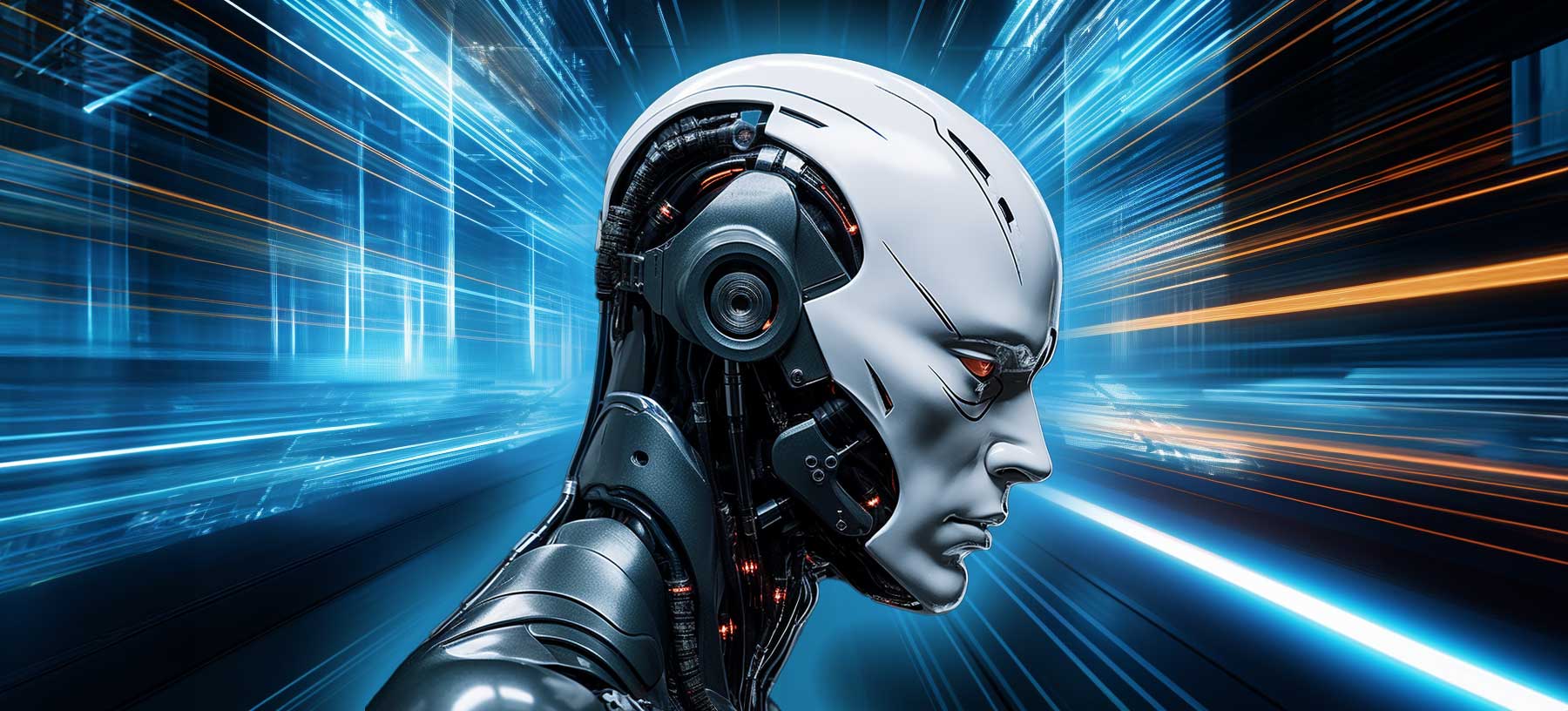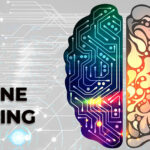Introduction:
The fusion of Artificial Intelligence (AI) Development Services and Information Technology (IT) is propelling us into a new era of innovation and efficiency. As businesses seek to stay ahead in the dynamic tech landscape, the integration of AI applications in IT has become a game-changer. This synergy is not just about automating routine tasks; it’s a revolution that is reshaping how we approach tech solutions and streamline operations. In this article, we will explore the myriad ways AI is leaving an indelible mark on the IT industry, ushering in unprecedented advancements and unlocking new potentials.
Smart Automation: Enhancing Efficiency and Productivity
At the forefront of the AI-IT revolution is smart automation. Traditional IT tasks, often repetitive and time-consuming, are now being seamlessly handled by AI-driven automation tools. From routine system maintenance to complex data analysis, AI streamlines operations, allowing IT professionals to focus on more strategic, value-added tasks.
Consider a scenario where routine IT infrastructure monitoring is intelligently managed by AI algorithms. These algorithms not only identify anomalies but also learn from patterns, predicting potential issues before they escalate. This proactive approach minimizes downtime, enhances system reliability, and ultimately boosts overall operational efficiency.
Predictive Analytics: Anticipating Challenges and Opportunities
AI’s ability to analyze vast datasets in real-time empowers IT teams with predictive analytics, revolutionizing decision-making processes. In the realm of IT, this translates into the ability to foresee potential challenges and opportunities.
Imagine an IT environment where predictive analytics algorithms analyze historical data, user behaviors, and system performance to anticipate future resource needs. This foresight enables proactive capacity planning, preventing bottlenecks during peak times and ensuring a seamless user experience. Moreover, predictive analytics guides IT leaders in making informed decisions about technology investments and upgrades.
Intelligent Cybersecurity: Safeguarding Digital Assets
In an era where cyber threats are evolving at an alarming pace, AI is a formidable ally in fortifying IT security. Traditional cybersecurity measures often struggle to keep up with the sophistication of modern cyber attacks. AI-driven security solutions, however, leverage machine learning to adapt and respond in real-time.
Picture an AI-powered cybersecurity system that learns from historical attack patterns, continuously evolving its defense mechanisms. It can identify and neutralize new threats swiftly, minimizing the impact of security breaches. By autonomously detecting and responding to potential threats, AI not only fortifies digital assets but also alleviates the burden on IT professionals who can focus on strategic security initiatives.
Cognitive Customer Support: Redefining User Experience
AI’s impact extends beyond the backend operations; it is redefining the front-end user experience as well. Cognitive customer support powered by AI is transforming the way users interact with IT systems.
Envision an IT helpdesk where virtual assistants, backed by natural language processing algorithms, engage with users in real-time. These virtual assistants not only resolve routine issues but also learn from user interactions, providing increasingly personalized and efficient support over time. This not only enhances user satisfaction but also frees up IT personnel to tackle more complex challenges.
Data Management and Insights: Harnessing the Power of Big Data
In the age of big data, effective data management is a critical IT challenge. AI applications are revolutionizing data handling and analysis, opening up new possibilities for deriving actionable insights.
Think about an AI-driven data management system that not only efficiently organizes vast datasets but also identifies trends and correlations that human analysts might miss. This not only enhances decision-making but also fuels innovation by uncovering hidden opportunities within the data.
Conclusion:
The integration of AI applications in IT is not a mere evolution; it’s a revolutionary paradigm shift. From smart automation that optimizes operational efficiency to predictive analytics that anticipates future challenges, AI is reshaping the IT landscape in profound ways. As we navigate this transformative journey, it is essential for businesses to embrace these advancements, recognizing the potential of AI not as a replacement for human expertise but as a powerful augmentation of our capabilities. In this era of unprecedented technological convergence, the marriage of AI and IT is not just a collaboration; it’s a synergy that has the potential to redefine how we approach, implement, and experience technology solutions. The future of IT is now, and it’s intelligent, adaptive, and driven by the limitless possibilities of Artificial Intelligence.



